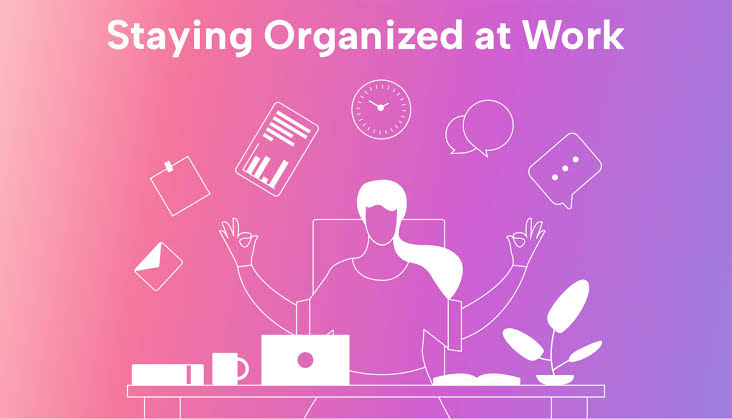In today’s fast-paced world, building a healthy work-life balance is becoming more essential than ever. The rise of remote work, digital communication, and longer working hours has blurred the boundaries between professional and personal life. By 2025, many professionals face increasing levels of burnout, stress, and mental fatigue due to an inability to disconnect from work. Creating a sustainable balance between work and personal life is no longer just about managing time but about prioritizing overall well-being, productivity, and personal fulfillment.
Achieving work-life balance involves setting boundaries, adopting healthier habits, and finding time for rest, hobbies, and family. It is a conscious choice that requires discipline and a deep understanding of one’s priorities.
Why Work-Life Balance Matters
Maintaining a healthy work-life balance improves mental health, reduces stress, and enhances productivity. When individuals overwork or fail to allocate time for themselves, they risk burnout, which can negatively impact both professional performance and personal relationships.
A balanced life also promotes better physical health, as it allows time for exercise, healthy eating, and adequate rest. Moreover, work-life balance contributes to long-term career success by preventing fatigue and maintaining motivation.
Challenges to Work-Life Balance Today
The digital age has made it harder to achieve true balance. Remote work has blurred the line between home and office, making it easy for professionals to work longer hours without realizing it. The pressure to always be available, combined with the fast-paced nature of modern industries, often leaves little room for personal time.
Additionally, social media and constant digital connectivity create an “always-on” culture, where individuals feel compelled to respond to messages and emails at all hours. This leads to a lack of quality downtime and increased stress.
Key Strategies to Build Work-Life Balance
1. Set Clear Boundaries
Defining specific working hours and sticking to them is crucial. Create a clear separation between work and personal life by turning off work-related notifications after hours and designating a dedicated workspace if you work remotely.
2. Prioritize Tasks and Time Management
Effective time management can prevent overwhelm. Use tools like task planners, to-do lists, and scheduling apps to prioritize important tasks while leaving room for breaks and personal activities.
3. Learn to Say No
Taking on too many responsibilities can disrupt balance. Learn to say no to non-essential tasks or projects that do not align with your priorities. Focus on what truly matters both professionally and personally.
4. Take Breaks and Vacations
Regular breaks during the workday and planned vacations are essential for recharging. Stepping away from work helps refresh the mind and improves focus and creativity when you return.
5. Practice Self-Care
Engage in activities that promote physical and mental well-being, such as exercise, meditation, reading, or spending time with loved ones. Self-care is not a luxury but a necessity for maintaining balance.
6. Use Technology Wisely
While technology is a major contributor to overworking, it can also help manage tasks efficiently if used correctly. Use productivity apps to organize work, but also set boundaries with screen time.
Benefits of Work-Life Balance
A healthy work-life balance improves overall quality of life. It enhances productivity by ensuring that professionals are well-rested and motivated. Balanced individuals often have stronger relationships, better mental health, and greater job satisfaction.
Companies also benefit from employees who maintain balance, as they tend to be more engaged, creative, and less prone to burnout. Organizations that support flexible working arrangements often see higher retention rates and better team performance.
Overcoming the Guilt of Rest
Many people feel guilty when taking time off, thinking that rest equals laziness. However, rest is a vital component of productivity and success. Understanding that downtime is essential for mental clarity and long-term performance can help overcome this guilt.
Conclusion
Building a healthy work-life balance in 2025 requires intentional effort, self-awareness, and prioritization of well-being. By setting boundaries, managing time effectively, and practicing self-care, individuals can create a more fulfilling life that supports both professional success and personal happiness.




lihks8